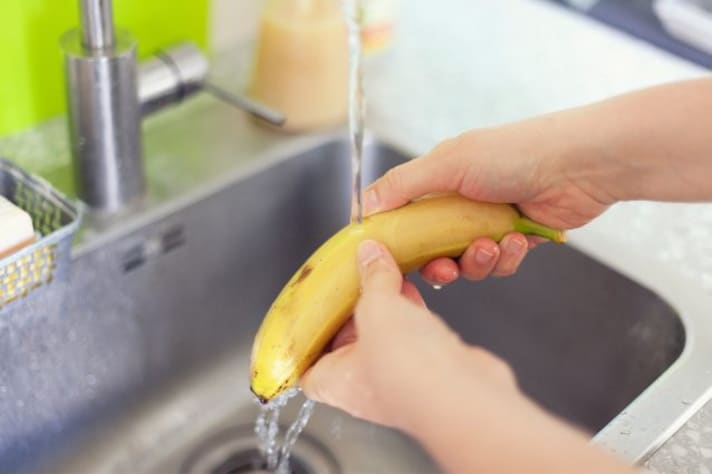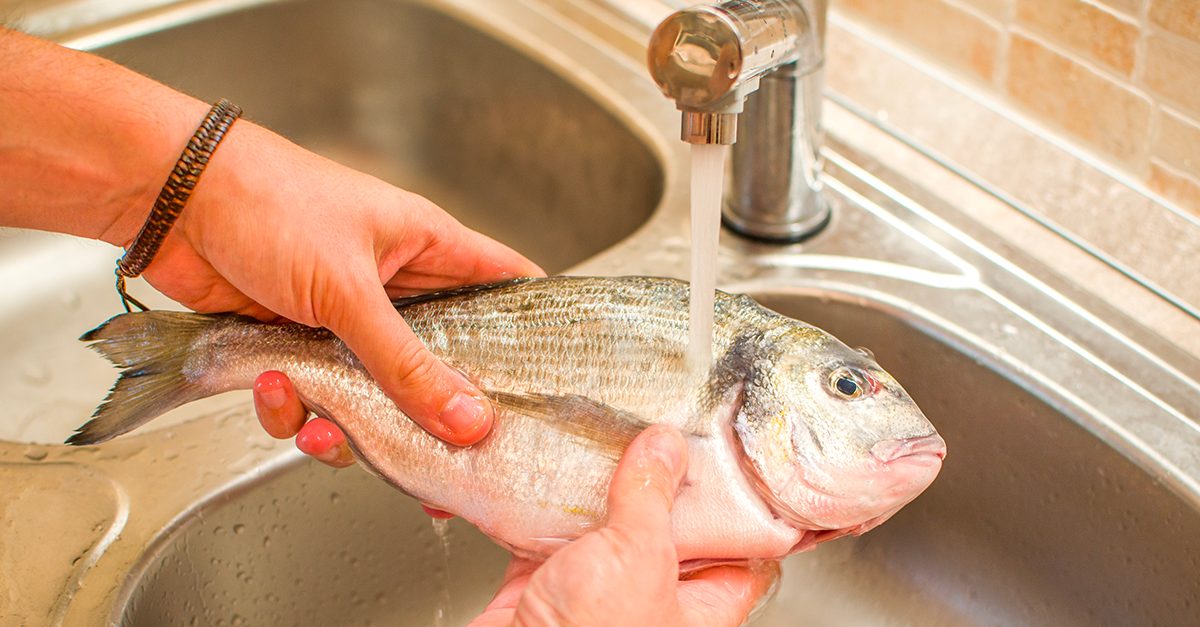Why You Should Consider Washing Bananas Before Peeling Them
Bananas come with a natural protective peel, but do they need to be washed before eating? In this article, we'll explore the reasons why washing bananas might still be a good idea, the risks of skipping this step, and the best practices for keeping your fruit clean and safe. Read on to learn whether your banana’s peel is as protective as it seems!

While bananas have a thick peel that you don't typically eat, it's still important to wash them before peeling. The reason? Contaminants, dirt, bacteria, and even pesticides can linger on the surface of the peel. Even though you don’t consume the peel directly, your hands can transfer these substances to the fruit when you handle and peel it.
Why You Might Want to Wash Bananas
Bananas, like most fruits, are often treated with pesticides to keep pests at bay during growth and transport. While most pesticide residues are concentrated on the peel, they can still pose a risk when they come into contact with your hands or the inside of the banana during peeling.
Bananas travel long distances from farms to your kitchen, passing through multiple hands and environments. This increases the likelihood of contamination. Giving your banana a quick rinse can reduce the risk of transferring harmful bacteria to the edible part of the fruit.

Additionally, dust, dirt, and even mold spores can accumulate on the peel, especially if the bananas were stored in an open environment or handled by multiple people. Washing the peel removes these external contaminants, making your fruit safer to handle and eat.
How to Properly Wash a Banana
Washing a banana is simple and only takes a few seconds. Start by rinsing the banana under cool running water. You can gently scrub the surface with your hands or a clean brush to ensure any dirt or residue is removed. There’s no need for soap or special cleaning agents—plain water is effective at washing away most contaminants.
After washing, dry the banana with a clean towel or paper towel before peeling. This prevents moisture from getting on the fruit itself, which could affect the texture or flavor. Though the risk may be minimal, taking this simple step can help ensure that your banana stays as clean and safe as possible.
;Resize,width=767;)
;Resize,width=712;)
;Resize,width=712;)
;Resize,width=712;)
